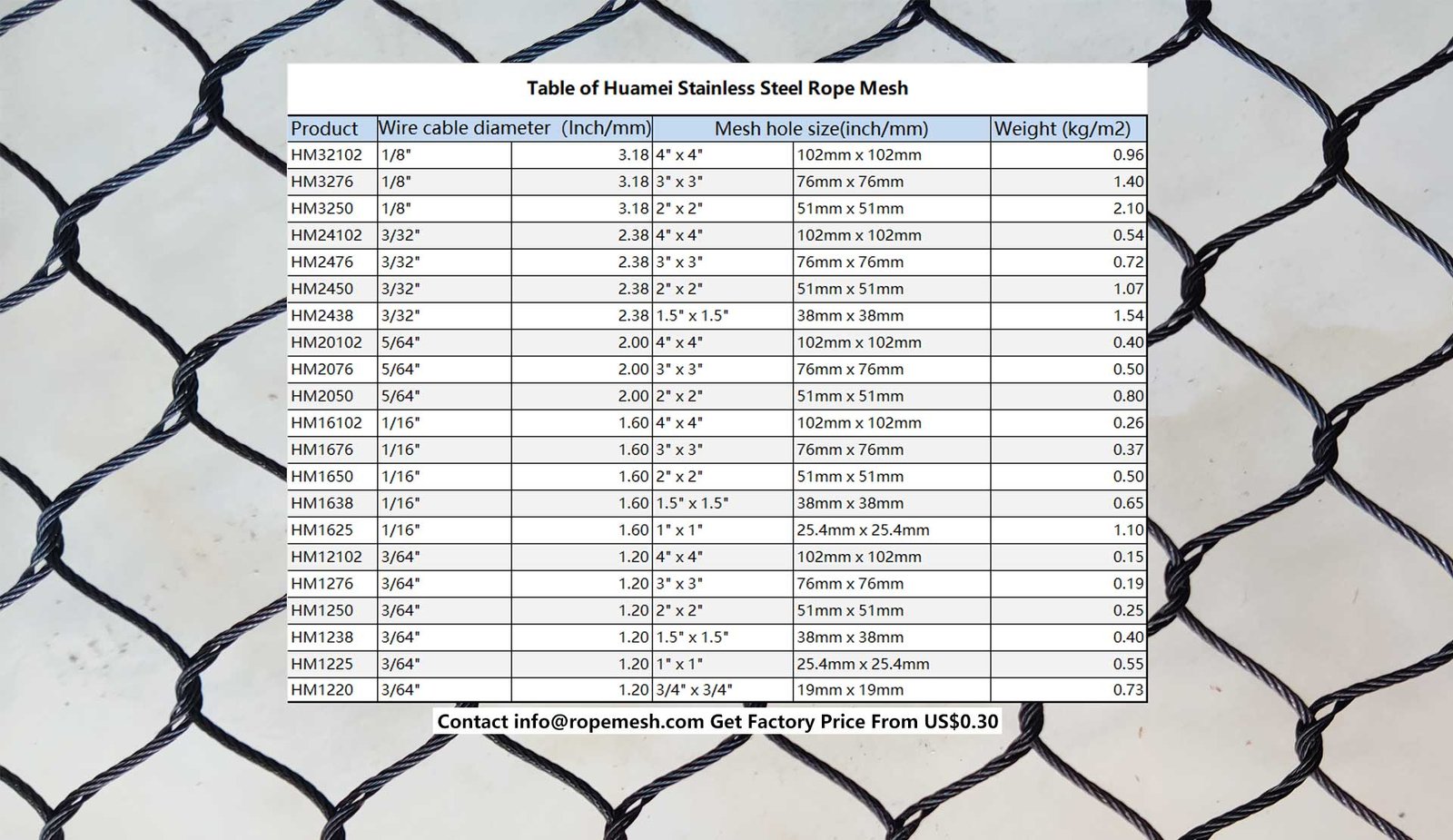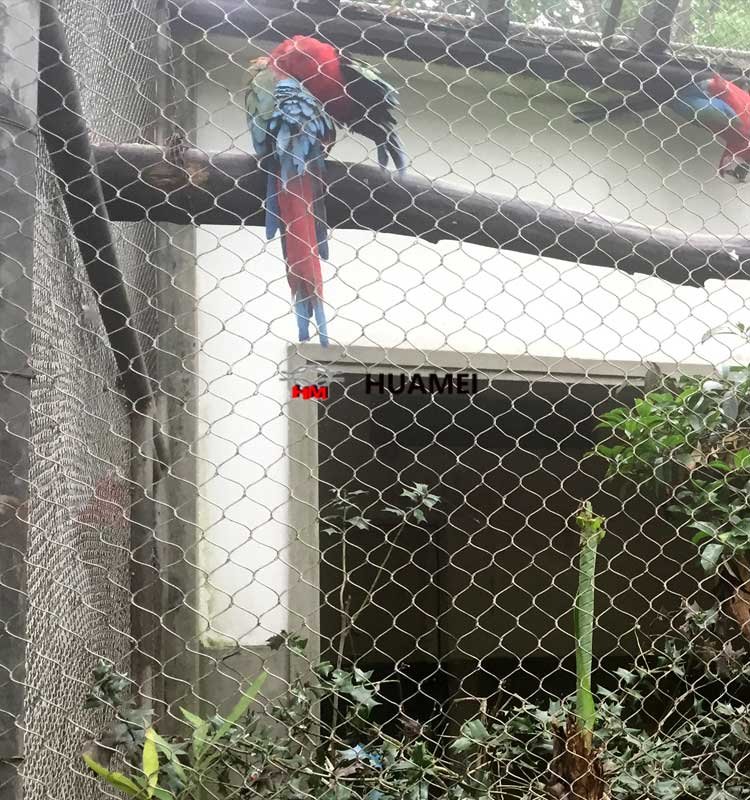Introduction to Parrot Cages
Creating an optimal living environment for parrots is essential for their overall wellbeing. As intelligent and social creatures, parrots require sufficient space to thrive, making the selection of a suitable cage paramount. A large bird cage for parrots not only provides adequate area for movement and play but also supports their mental stimulation and social interaction needs. An appropriately sized cage can significantly impact a parrot's physical and emotional health.
The construction material of the cage is equally important. While various materials are available, stainless steel is one of the best choices for parrot cages. It is durable, non-toxic, and resistant to corrosion, making it ideal for withstanding the wear and tear of an active parrot. This metal also ensures that the cage remains hygienic, as it is easy to clean and disinfect, reducing the risk of bacterial growth that can be harmful to the birds.
Moreover, the design of a parrot cage should encourage exploration and enrichment. Keeping parrots confined in spaces that are too small can lead to mental health issues, such as boredom and stress, which can result in behavioral problems. Therefore, a large bird cage for parrots should include perches, toys, and various accessories that allow for climbing and manipulation. Additionally, incorporating stainless steel rope mesh can provide a safe outlet for climbing and play while aiding in the maintenance of the cage's structure.
Understanding the importance of proper cage size and material selection lays the groundwork for building a conducive environment that enhances the happiness and health of parrots. Investing time and resources into constructing a well-designed large bird cage will yield numerous benefits for both the birds and their owners.


